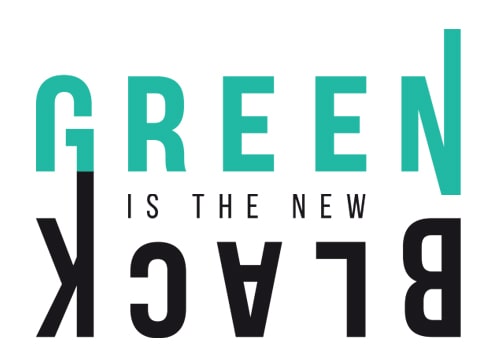
Eco-anxiety, a phrase first coined by the American Psychological Association (APA) in 2017, is defined as “a chronic fear of environmental doom.” Since then, we’ve continued to experience a barrage of climate events (floods, fires, locust plagues, pandemics, you get the gist..) which have exacerbated the issue for many. And if you are suffering, know that you are not alone and that there are plenty of things you can do to alleviate these feelings.
WHAT:
Feeling anxiety? Grief? Anger? Depression? Confusion? Whether you’re a beginner to climate action or a seasoned activist, eco-anxiety, as much as it’s a buzzword, is something many of us struggle with, but not enough of us talk about. If you’ve ever had a strong emotional response to the climate breakdown, it’s time to unpack and learn more about how to address it. As James Baldwin once said, “not everything that is faced can be changed, but nothing can be changed until it is faced.”
WHY:
The APA says that people can develop real mental health problems from “watching the slow and seemingly irrevocable impacts of climate change unfold, and worrying about the future for oneself, children, and later generations.” Some people, the APA writes, “are deeply affected by feelings of loss, helplessness, and frustration due to their inability to feel like they are making a difference in stopping climate change.” The APA officially describes eco-anxiety as the “chronic fear of environmental doom.”
According to a Yale survey conducted in December 2018, 70% of Americans are “worried” about climate change, 29% are “very worried” and 51% feel “helpless.” Unfortunately, we don’t have the stats for the rest of the world, and nor is it simple to diagnose eco-anxiety, we do know that it’s a pretty big problem. [insert this Tweet] (Quick side note: we aren’t even talking about those who actually have to live with the climate crisis. Such as, but not limited to, the nations who have to bear with food and water insecurity and climate disasters and extreme weather. Unfortunately, we don’t have much resources on that yet.)
HOW:
After a lot of reading about eco-anxiety, we realised that by and large everyone agrees on one thing: taking action helps. Implementing #LittleGreenSteps in whatever way you can, however you can, in any capacity you can manage. Such tangible action matters, because it helps combat that intense feeling of helplessness. The other important general step is to find a community. Not only will this help you feel supported, but it’ll also help you feel (and be) less isolated. (Take it from us, these steps actually work.)
RESOURCES:
WEBSITES
Work That Reconnects Network – helps people discover and experience their innate connections with each other and the self-healing powers of the web of life, transforming despair and overwhelm into inspired, collaborative action
Human Bells – Libby Davy is a coach that offers life, work and systems change coaching globally
READ
Befriending Eco-Anxiety: A Practice of Deep Adaptation
#LittleGreenSteps:
– Unpack your emotions to identify exactly what you’re feeling
– Understand that you are not alone with these emotions
– Talk to someone about how you’re feeling
– Take tangible action, in whatever way you can: start small, and build from there
– Find a community that can support you
– If a community that you’re comfortable with does not exist, build one!

